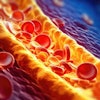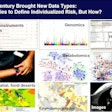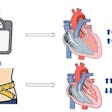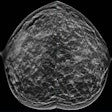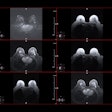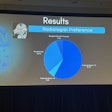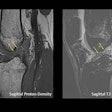Dear AuntMinnie Member,
PACS has gone through a number of twists and turns in the 35 years or so since the first digital image management systems (really just teleradiology back then) were installed. Decades later, PACS continues to draw interest, even as new technologies like artificial intelligence (AI) come to the fore.
So perhaps it's no surprise that an article on the evolution of PACS by imaging informatics educator Herman Oosterwijk was our top story for the past week. Mr. Oosterwijk describes how powerful forces are pulling the core of conventional PACS in separate directions, one horizontally across the healthcare enterprise and the other vertically within radiology itself.
PACS networks are being required to handle new types of medical data, while workflow within healthcare is changing as functions once handled by the RIS are taken over by the electronic medical record. Learn about these trends and more in our Imaging Informatics Community.
US for pulmonary edema
Another of our more popular articles from the week was a story on how lung ultrasound performed at the patient's bedside is more sensitive for identifying pulmonary edema than chest x-ray. That's a big deal because it could mean that patients no longer have to be transported for imaging.
Also in our Ultrasound Community, researchers from China found that ultrasound with a shear-wave elastography protocol is an effective tool for diagnosing Graves' disease by characterizing the stiffness of the thyroid gland.
AI predicts lung cancer survival
Finally, be sure to visit our Artificial Intelligence Community for an article on how researchers from Harvard University developed an AI algorithm that analyzes data from CT lung cancer scans to predict how well lung cancer patients will respond to treatment.
You'll also find a story on the development of a deep-learning network called DeepPET for generating high-quality PET images more quickly, and an article on the combination of radiomics and a machine-learning algorithm for differentiating pancreatic ductal adenocarcinoma from normal pancreatic tissue on CT studies.
